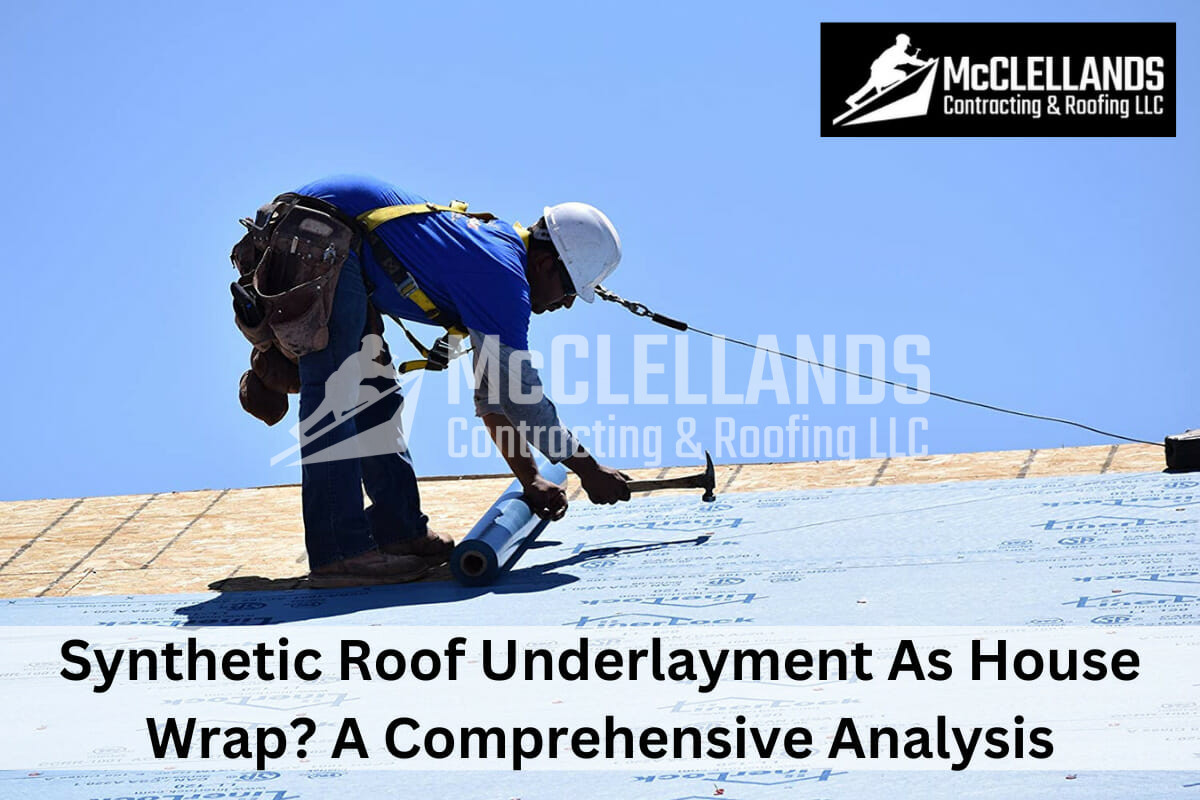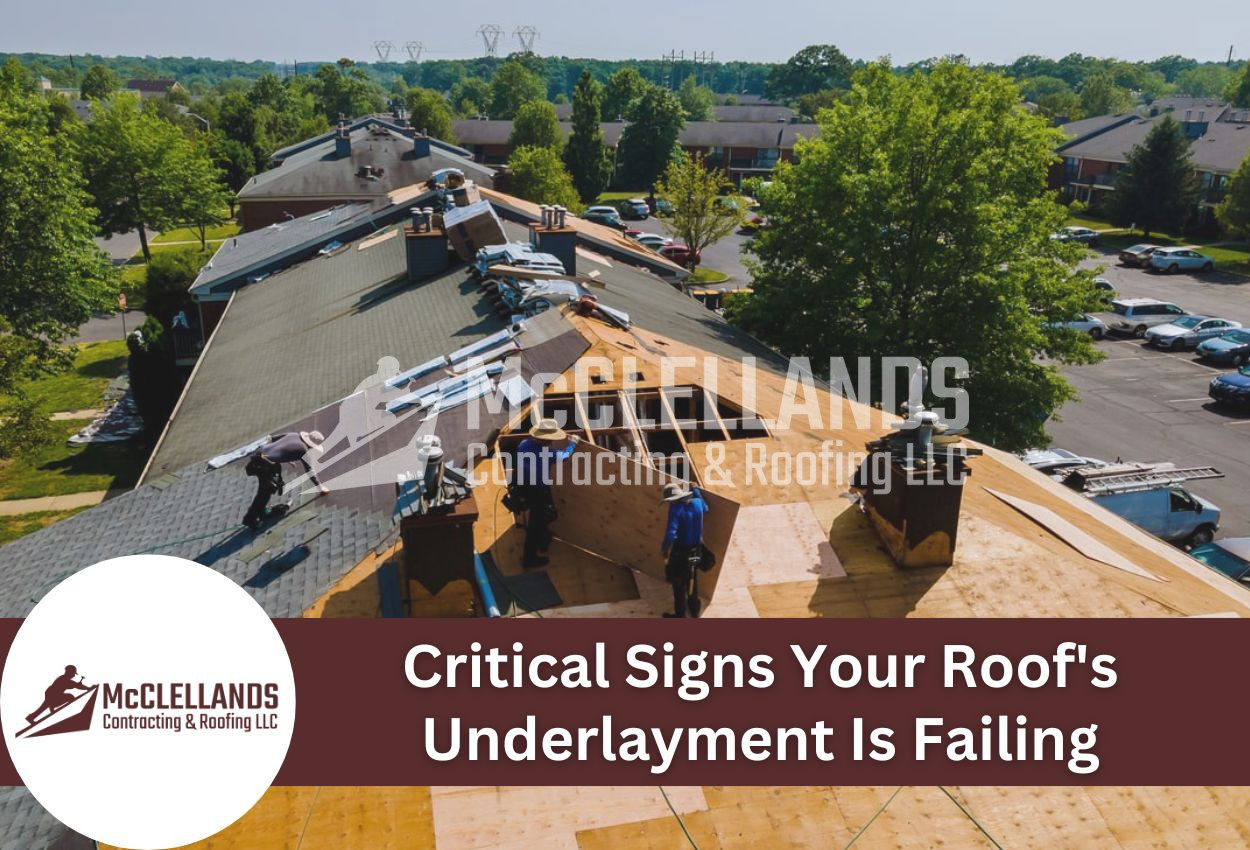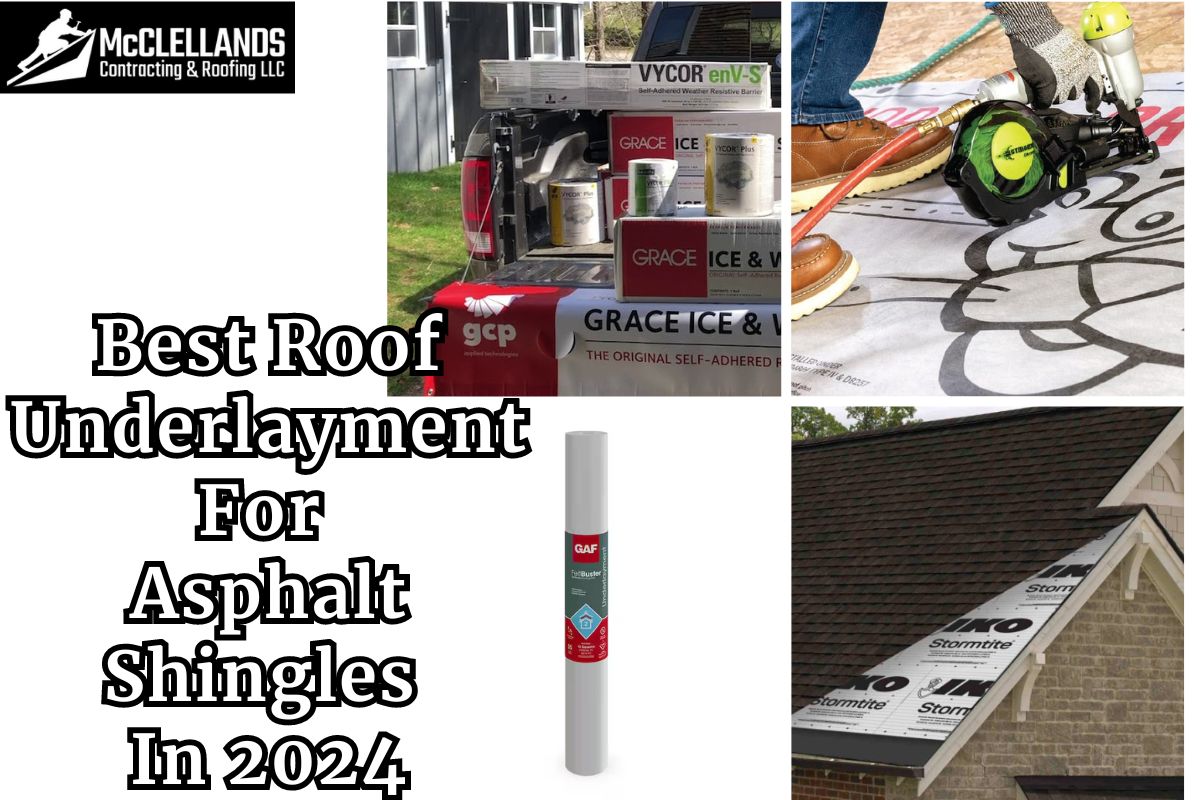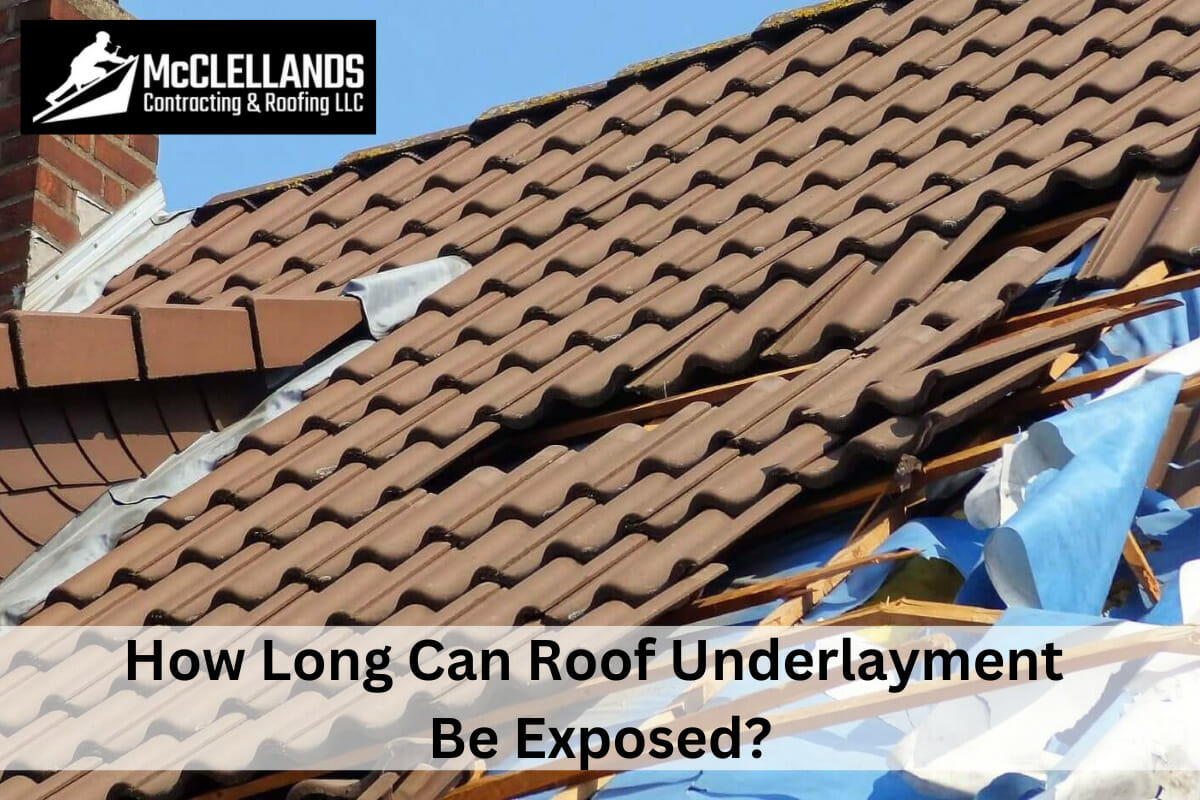When it comes to protecting your home from the elements, one of the key questions homeowners face is, "Can you use synthetic roof underlayment as house wrap?" In this extensive article, we will delve into the world of synthetic underlayment and house wrapping, exploring the pros, cons, and alternatives available to you. While the short answer to the question is no, we will provide thorough reasoning and evidence to justify why synthetic roof underlayment should not be used as house wrap.
Understanding Synthetic Roof Underlayment and House Wrap
Before diving into the main question, let's take a moment to understand what synthetic roof underlayment and house wrap is.
Synthetic Roof Underlayment
Synthetic roof underlayment is a water-resistant barrier typically used between the roof deck and the roofing materials (like shingles). It is designed to protect your home from moisture damage caused by rain and snow. Made from polypropylene or polyethylene fibers, synthetic underlayment is lighter, stronger, and more durable than traditional asphalt-saturated roofing felts.
House Wrap
On the other hand, house wrap is a building material used to cover the sheathing of a home's exterior walls, providing a secondary weather-resistant barrier to protect against moisture intrusion, air infiltration, and heat loss. House wrap is usually made of a breathable, permeable material that allows water vapor to pass through while preventing liquid water and wind from entering the wall cavity.
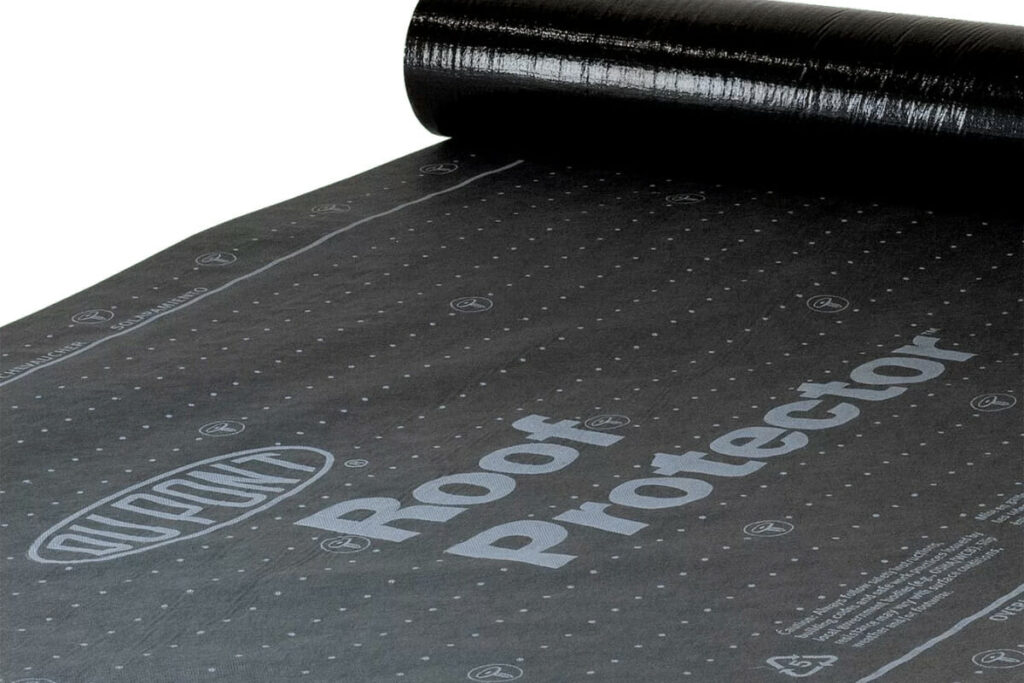
Why You Shouldn’t Use Synthetic Roof Underlayment As House Wrap
Now that we've established a basic understanding of both materials, let's delve into the reasons why synthetic roof underlayment should not be used as house wrap.
Different Functions and Requirements
While both synthetic underlayment and house wrap share the common goal of protecting a building from moisture, they are designed for different environments and purposes. Synthetic roof underlayment is specifically engineered to work on a sloped roof, where water runs off quickly. House wrap, on the other hand, is meant to be applied on vertical surfaces where water has a tougher time infiltrating.
Using synthetic roof underlayment as house wrap may not provide the necessary level of performance and protection, potentially leading to moisture issues within the wall cavity.
Breathability Concerns
Breathability is a crucial factor when choosing a house wrap material. A good house wrap should allow water vapor to escape while preventing liquid water and air infiltration. Synthetic roof underlayment, however, is generally less permeable than traditional house wraps, which may lead to moisture buildup and condensation issues within the wall cavity.
This lack of breathability can result in trapped moisture, causing rot, mold, and mildew growth, which can ultimately compromise the structural integrity of your home.
Building Codes and Regulations
Many local building codes and regulations specify the type of materials that can be used as house wrap. In most cases, synthetic roof underlayment is not recognized or approved as a suitable material for house wrapping. Using synthetic underlayment as a house wrap may violate building codes, potentially resulting in fines or penalties and the need to replace the material with a code-compliant alternative.
Warranty Concerns
Using synthetic roof underlayment as house wrap may also void the manufacturer's warranty for both the underlayment and the siding installed over it. Manufacturers design and test their products for specific applications, and using them outside of their intended purpose can result in poor performance or failure. If you encounter issues with your siding or underlayment, you may not be covered if the manufacturer determines that the problem resulted from improper installation or use.
Synthetic Underlayment and House Wrap: Pros and Cons
To further illustrate the differences between synthetic underlayment and house wrap, let's take a closer look at the pros and cons of each material.
Synthetic Roof Underlayment Pros
- Lightweight, durable, and easy to install
- Better resistance to water, rot, and mold compared to traditional felt paper
- Has a longer lifespan and generally performs better than asphalt-saturated felt
Synthetic Roof Underlayment Cons
- Less permeable than most house wraps, potentially leading to moisture issues
- Not designed or approved for use as a house wrap by building codes
- May void warranties if used as a house wrap
House Wrap Pros
- Breathable, allowing water vapor to escape while blocking liquid water and wind
- Provides an additional layer of insulation and air sealing
- Widely recognized and approved by building codes for use as a weather-resistant barrier on walls
House Wrap Cons
- Not designed for use on roofs, where it may not provide adequate protection.
- Some types may be less durable or more susceptible to damage during installation.
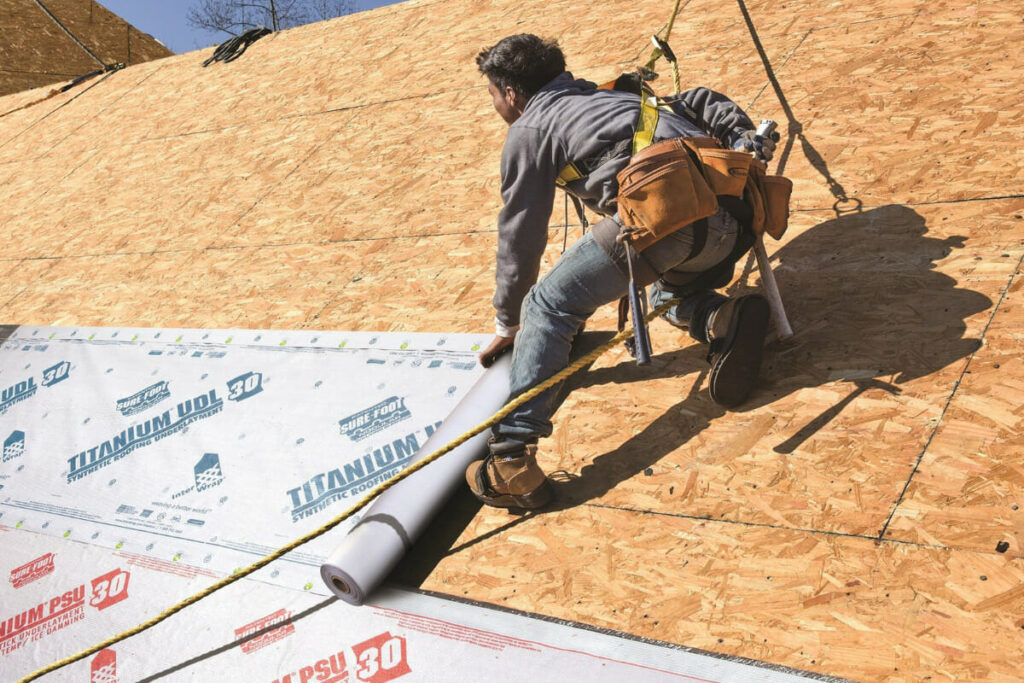
Alternatives to Synthetic Underlayment As House Wrap
If you're looking for an alternative to using synthetic roof underlayment as house wrap, consider the following options:
Building Paper or Felt Paper
Traditional building paper or felt paper is a time-tested and widely accepted material for house wrap. It is made from asphalt-impregnated paper or fiberglass, providing a breathable, water-resistant barrier on walls. While not as durable or water-resistant as synthetic underlayment, it is generally more permeable and better suited for use as house wrap.
Synthetic House Wrap
Several manufacturers produce synthetic house wraps specifically designed to be used on walls, offering improved performance and durability compared to traditional building paper. These materials are made from woven or non-woven polypropylene or polyethylene fibers and are engineered to provide the necessary breathability, water resistance, and air-sealing properties required for house wrap applications.
The Importance of Proper Installation and Professional Guidance
Regardless of the materials you have chosen for roof underlayment and house wrap, proper installation is paramount to their effectiveness. Improper installation can lead to gaps, tears, or compromised seals, diminishing the performance of both synthetic roof underlayment and house wrap. Therefore, you need to follow manufacturer guidelines and industry best practices during installation.
Seeking professional guidance is highly recommended when making decisions about building materials and their applications. Professional guidance will also help you choose the most durable and long-lasting materials.
In Conclusion
In summary, while synthetic roof underlayment offers many advantages for roofing applications, it should not be used as house wrap due to its different design, breathability concerns, potential building code violations, and warranty issues. Instead, homeowners should consider using traditional building paper, felt paper, or synthetic house wraps specifically designed for use on walls to provide the necessary protection, performance, and peace of mind.
McClellands Contracting and Roofing LLC: Your One-Stop Solution for Superior Roofing Services
In our comprehensive analysis, we have explained the complications involved in choosing to use synthetic underlayment as house wrap. As roofing specialists, our team at McClellands Contracting and Roofing LLC possesses the expertise and experience to handle all your roofing needs with professionalism and precision. From roof replacement and installation, to repair and maintenance, we deal with all types of roofing projects with a level of experience like no other. Contact us today at (412) 353-5660 for help with all your roofing needs.

